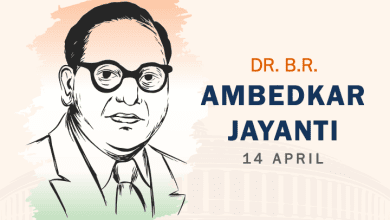Understanding Mumbai’s Traffic & Parking
In the bustling streets of Mumbai, where every inch of space is precious, finding a parking spot can feel like a quest for treasure. The scarcity of parking spaces not only tests the patience of drivers but also shapes the city’s transportation landscape in unexpected ways. How many times have we circled our favorite hangout spot and walked multiple blocks just to enjoy Marine Drive peacefully, simply because we couldn’t find a good parking spot? Do we have too many cars? Do we have such parking spaces? In the heart of Mumbai’s parking dilemma lies the Jevons Paradox, a concept that reveals the intricate relationship between supply, demand, and behavior, what it means is, as the efficiency with which a certain resource is used in manufacturing, the overall use of the product will go up.

Consecutively the use of the said resource also go up. As efforts to increase parking availability unfold, the paradox suggests a nuanced understanding of how these interventions may shape mobility patterns. At first glance, the allure of constructing more parking lots or restructuring old buildings into high-rises with public parking facilities may seem enticing.
Yet, the paradox lurks in the shadows. While increased parking supply may alleviate immediate frustrations and make the roads seem wider and faster, it will tempt more drivers to take to the roads, risking fueling a cycle of perpetual congestion and environmental strain. However, Mumbai’s streets tell another tale of resilience and adaptation. Faced with the challenge of scarce parking, many Mumbaikars opt for alternative modes of transport, embracing the efficiency and freedom of public transit, mainly locals and buses. Currently, Mumbaikars who primarily wish to avoid the headache of finding parking spaces while traveling rely heavily on Mumbai’s taxis, better known as ‘Kaali Peeli’.
This behavioral shift not only eases the burden on parking infrastructure but also fosters a more sustainable and vibrant urban fabric. The ease of finding parking spaces will reduce congestion on the roads by eliminating roadside parking but will eventually encourage more and more people to bring their cars onto the roads, ultimately reaching a similar level of congestion faced by Mumbai. To unlock Mumbai’s mobility potential, it is imperative that the authorities take a look at a more balanced approach. It calls for more than just traditional solutions but a reinvasion of urban spaces and transportation systems. Mixed land-use development, incentivized carpooling initiatives, and world-class public transportation hold the keys to a future where mobility is accessible to all.
As Mumbai charts its course towards a more livable and inclusive city, it must navigate the paradoxes of parking with foresight and innovation. By embracing sustainable transport solutions and empowering its citizens to make informed choices, Mumbai can unlock a future where mobility knows no bounds.

CEO Swapify, Indore







